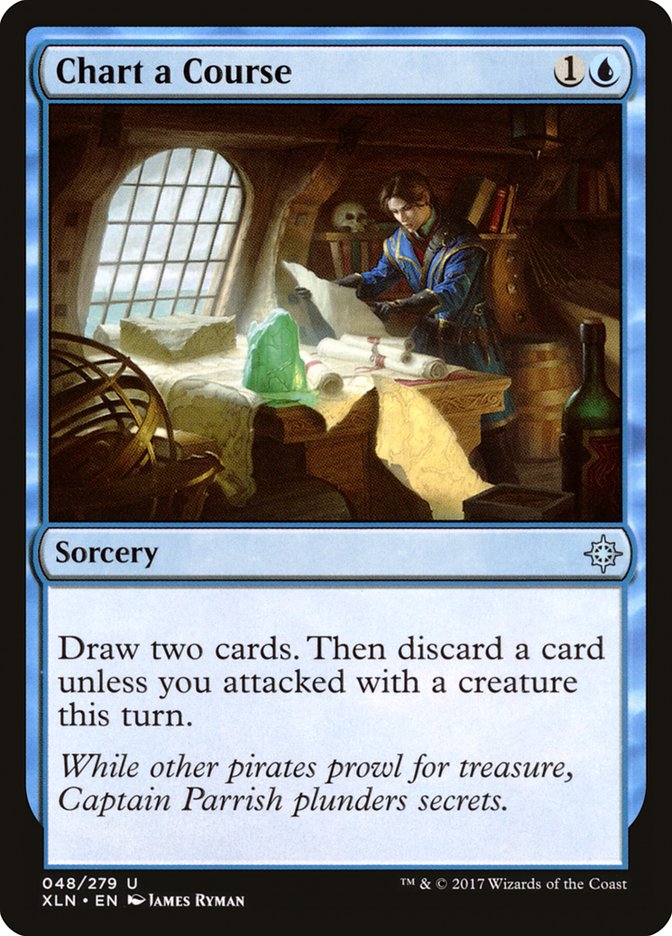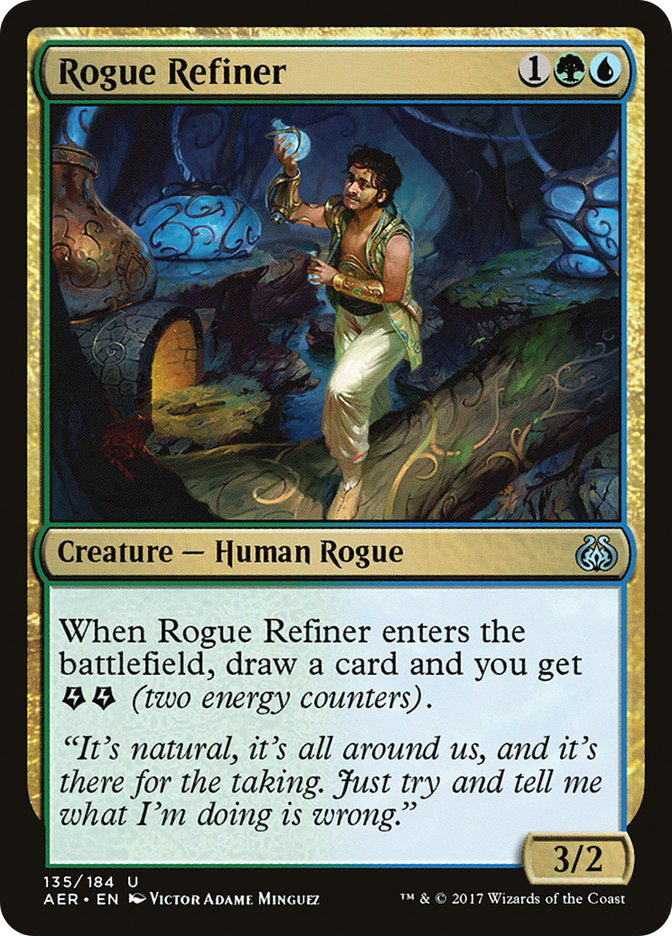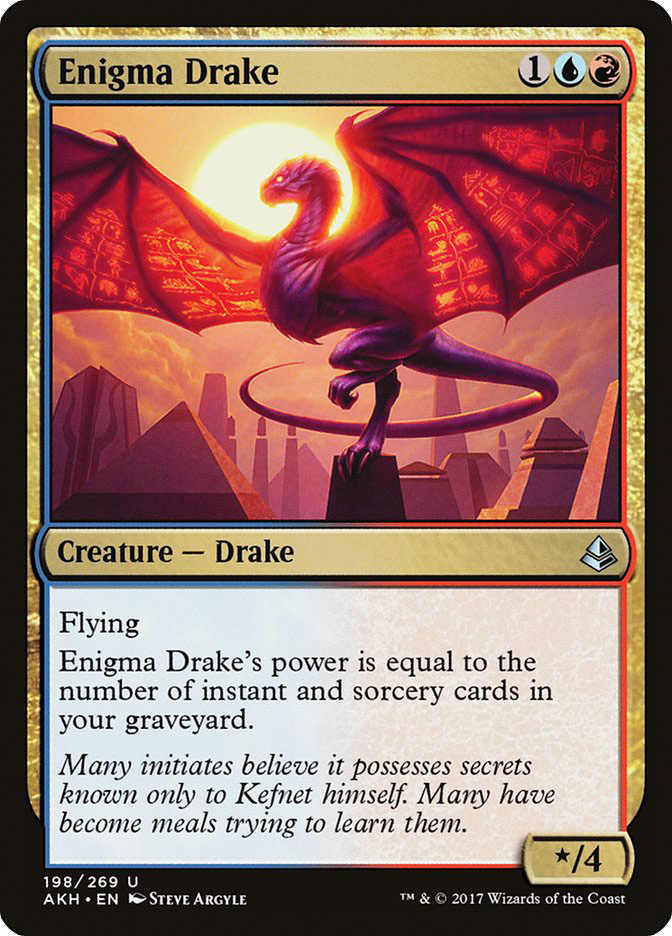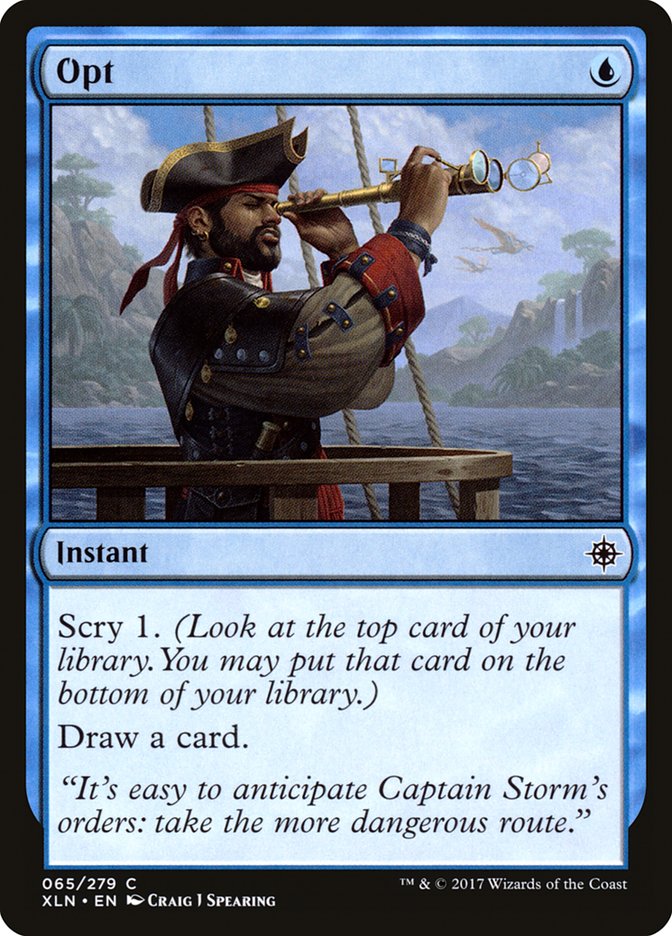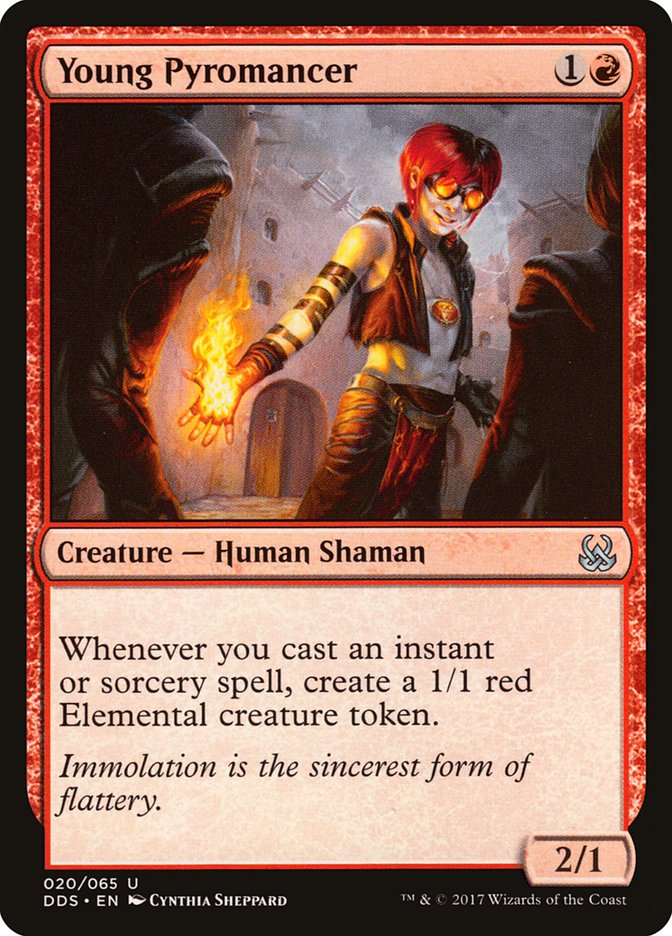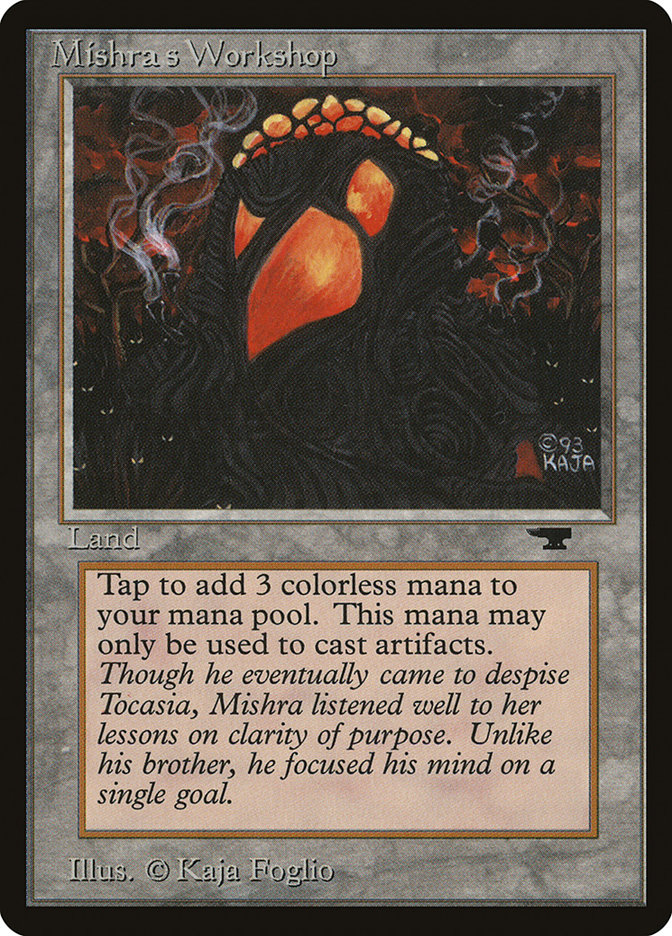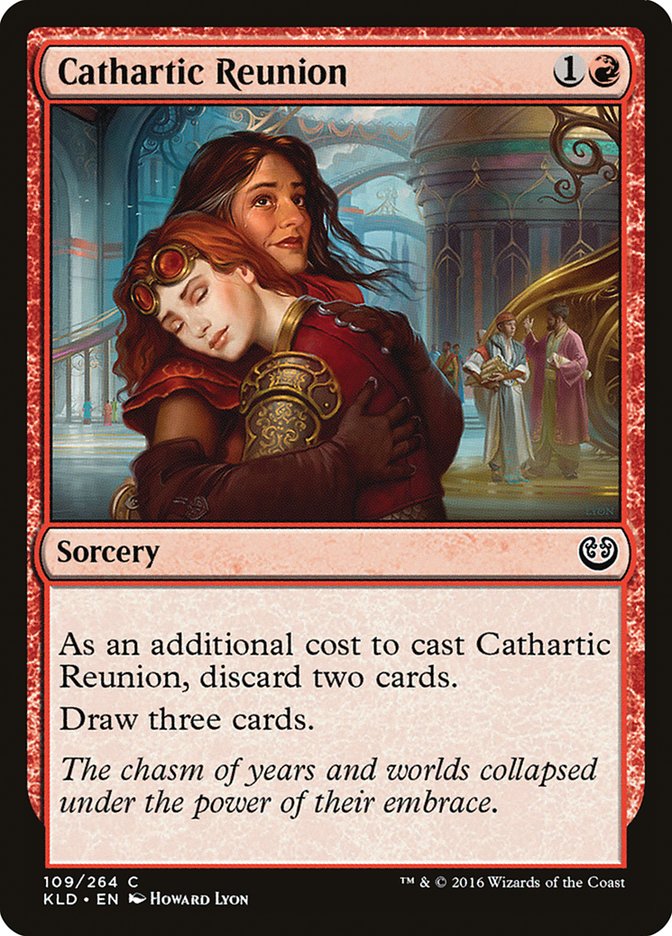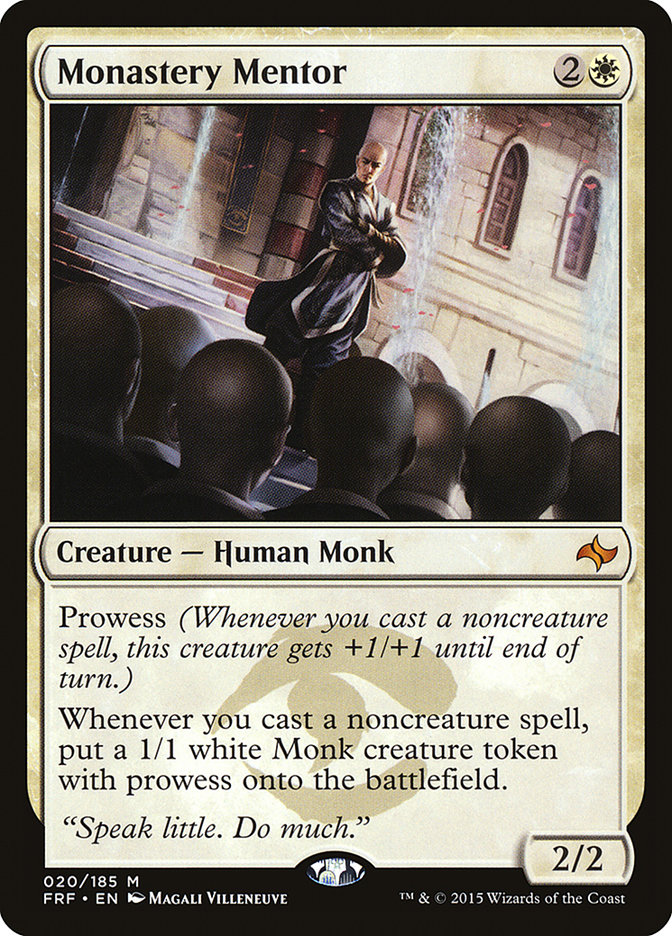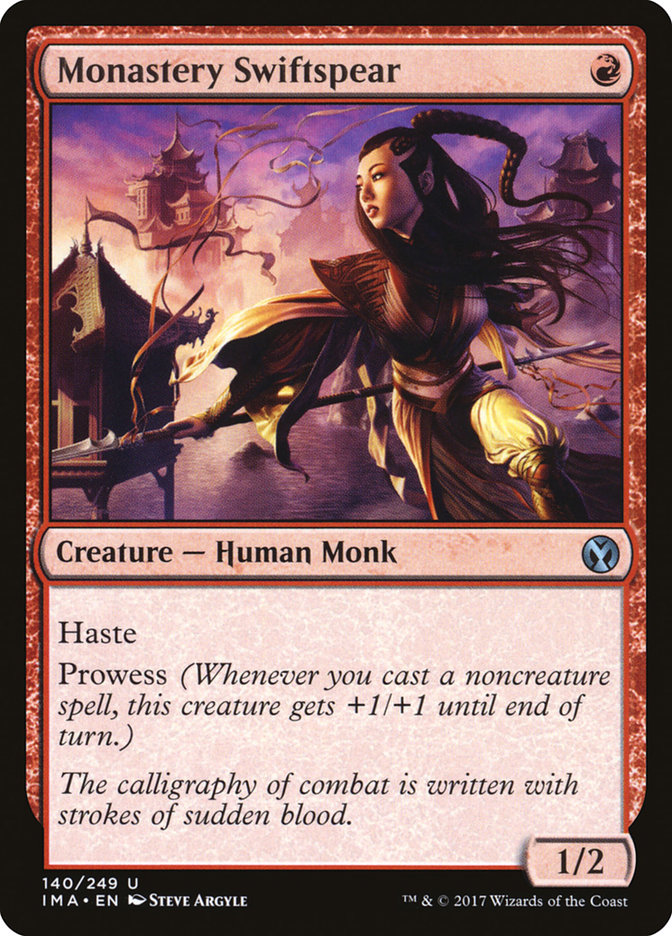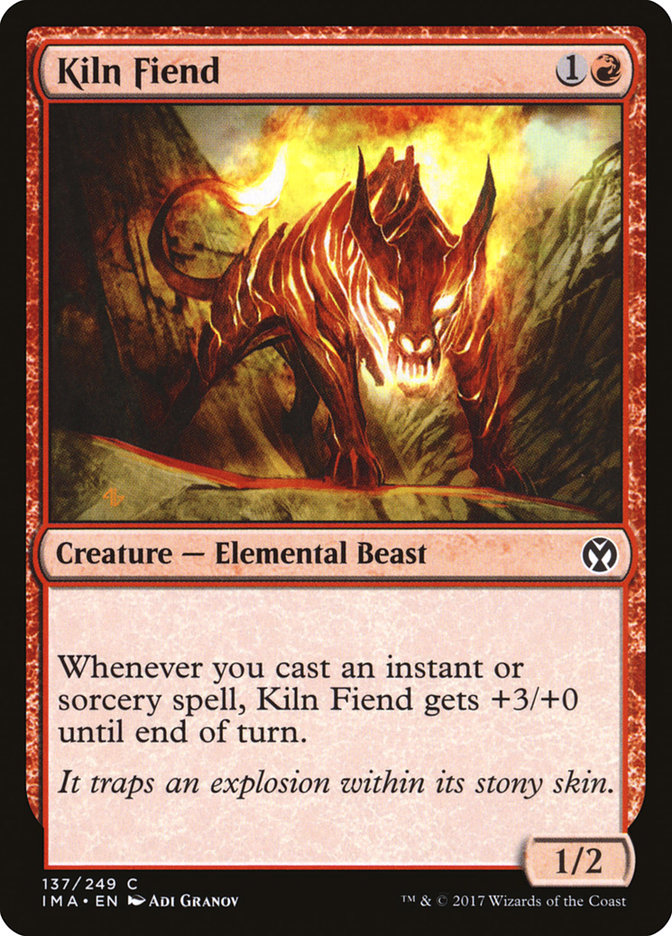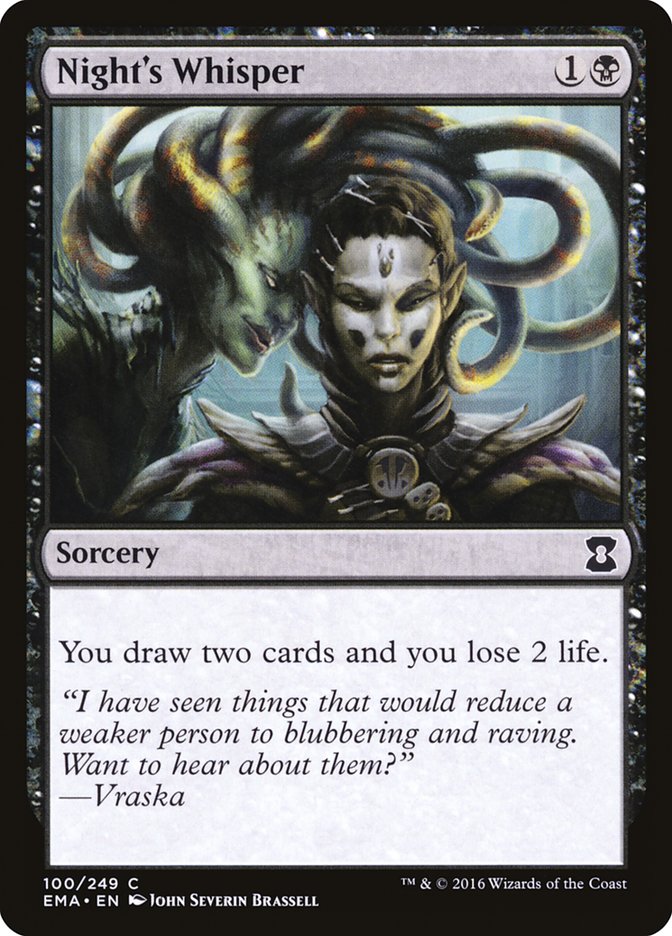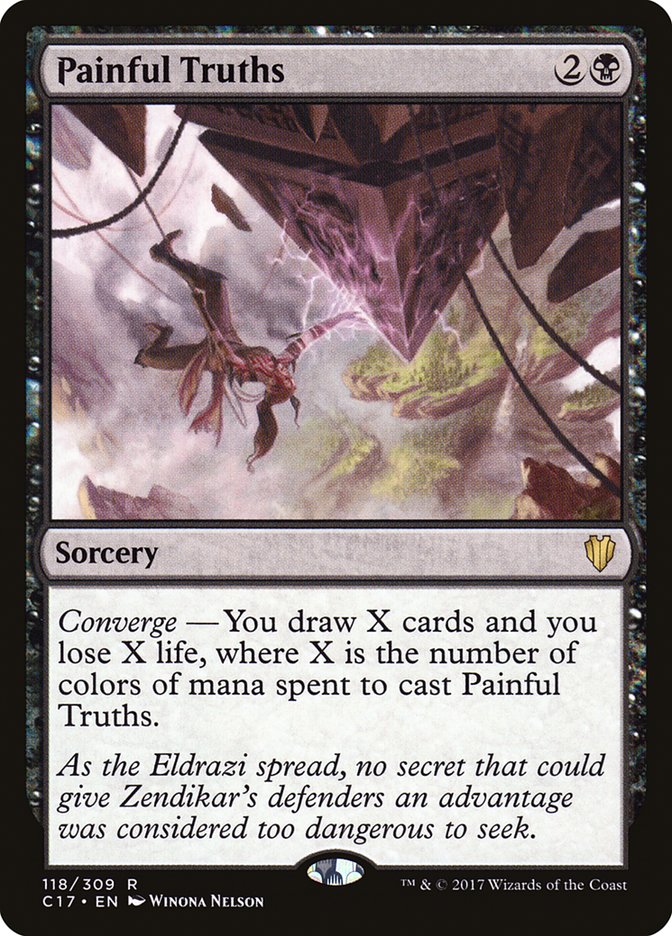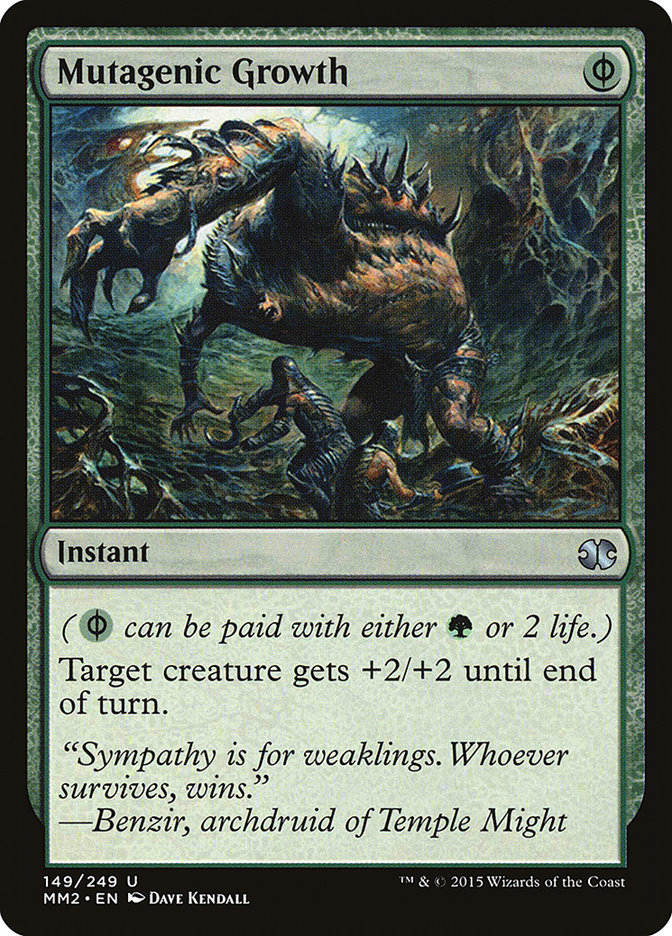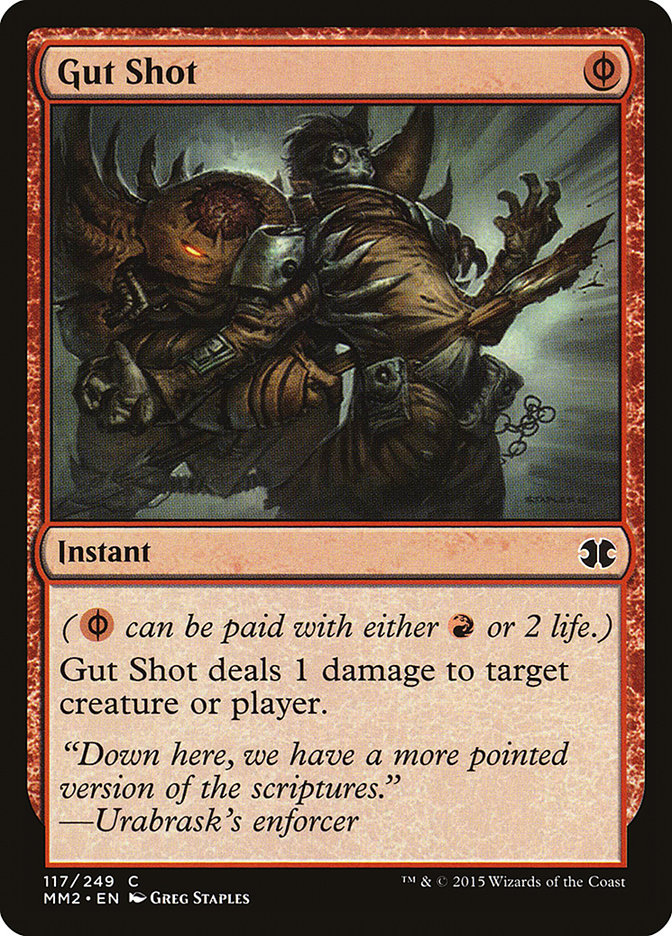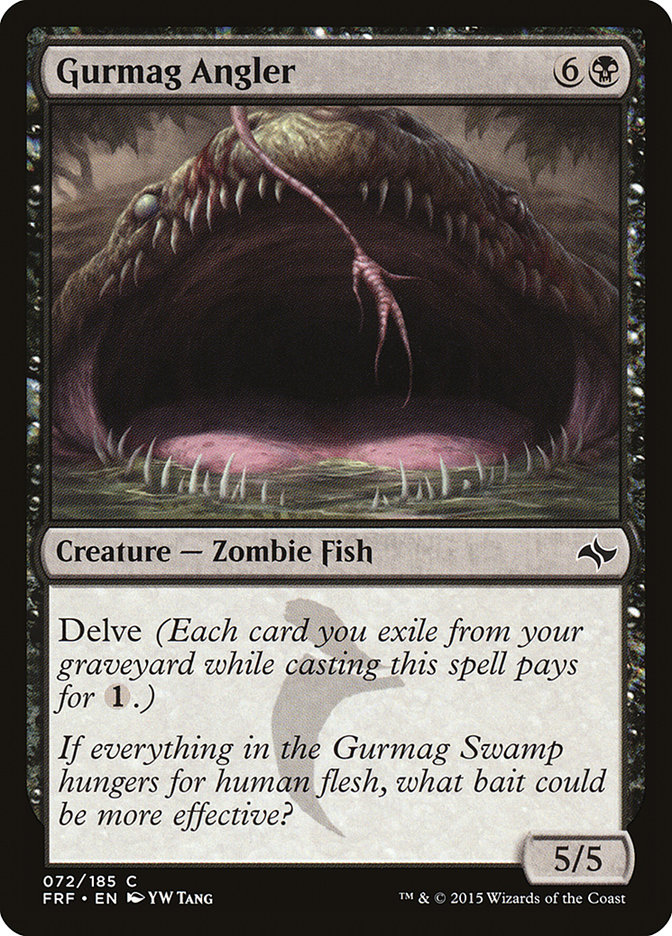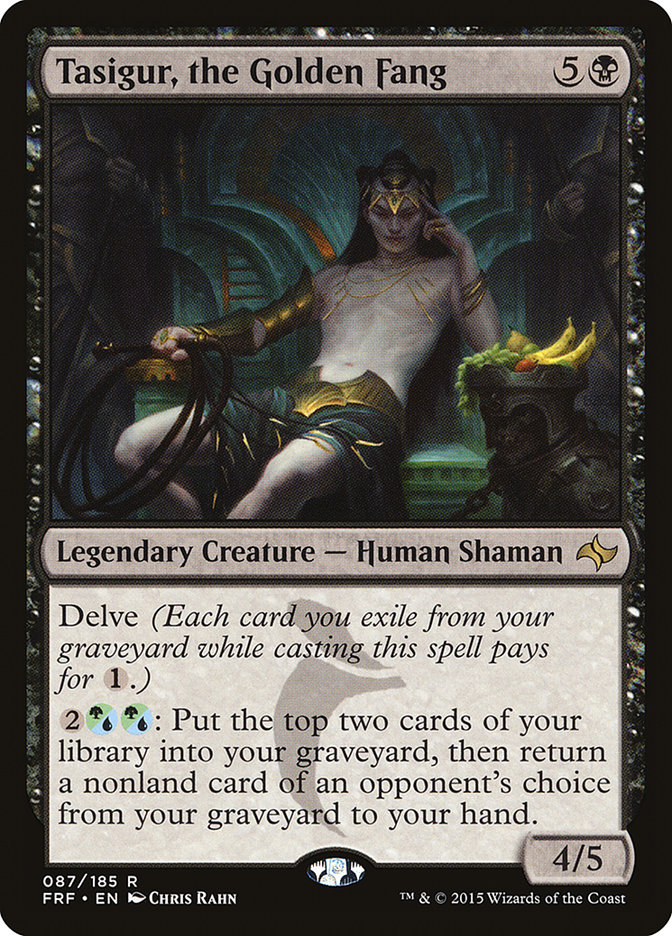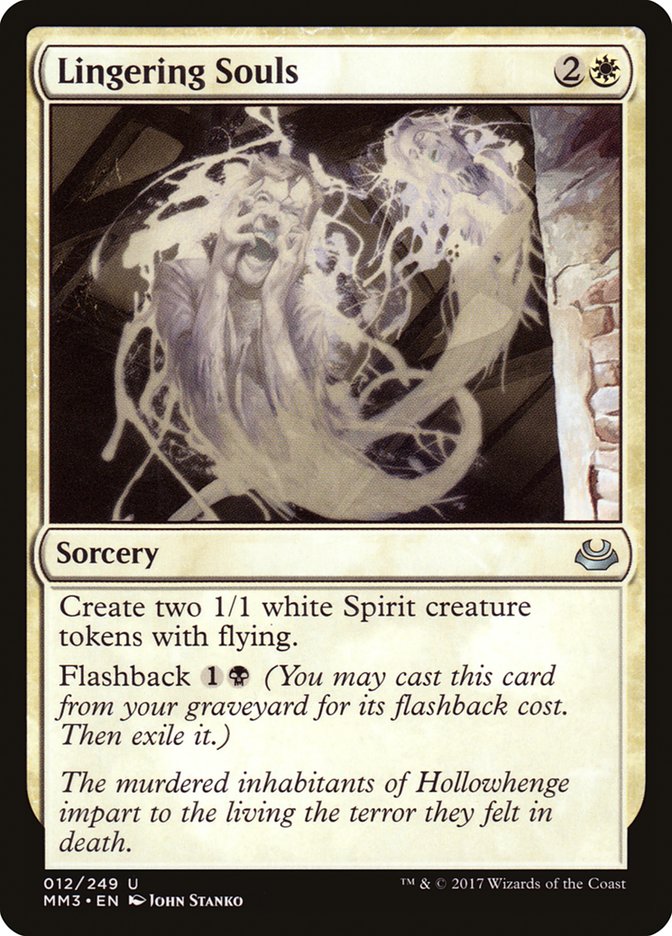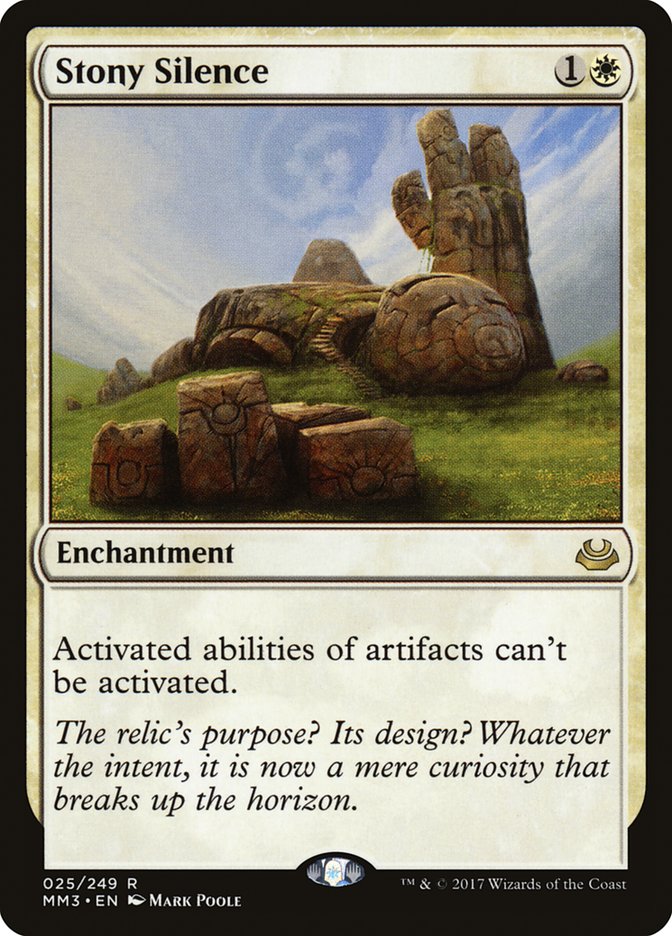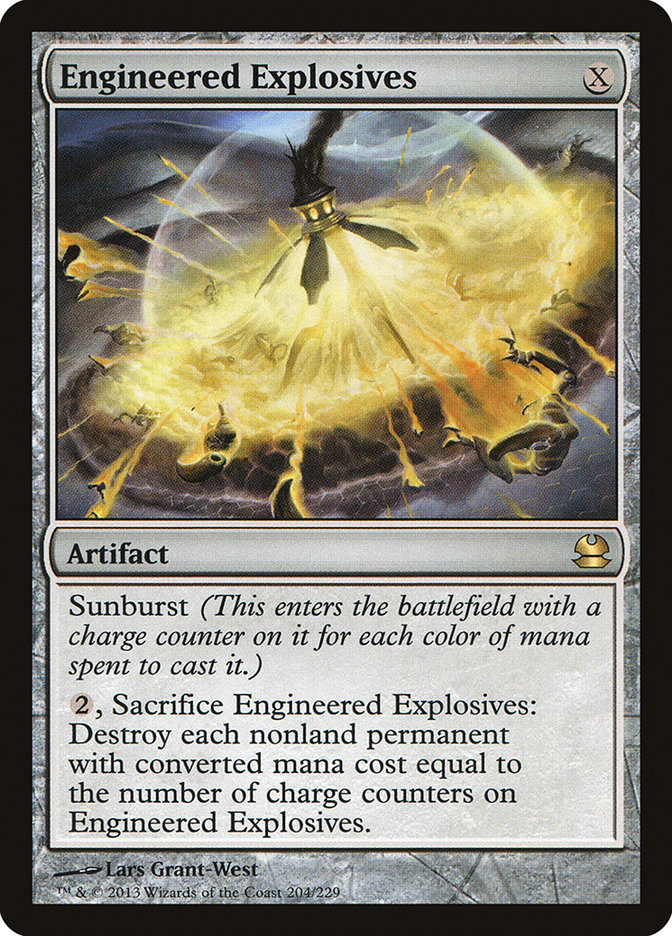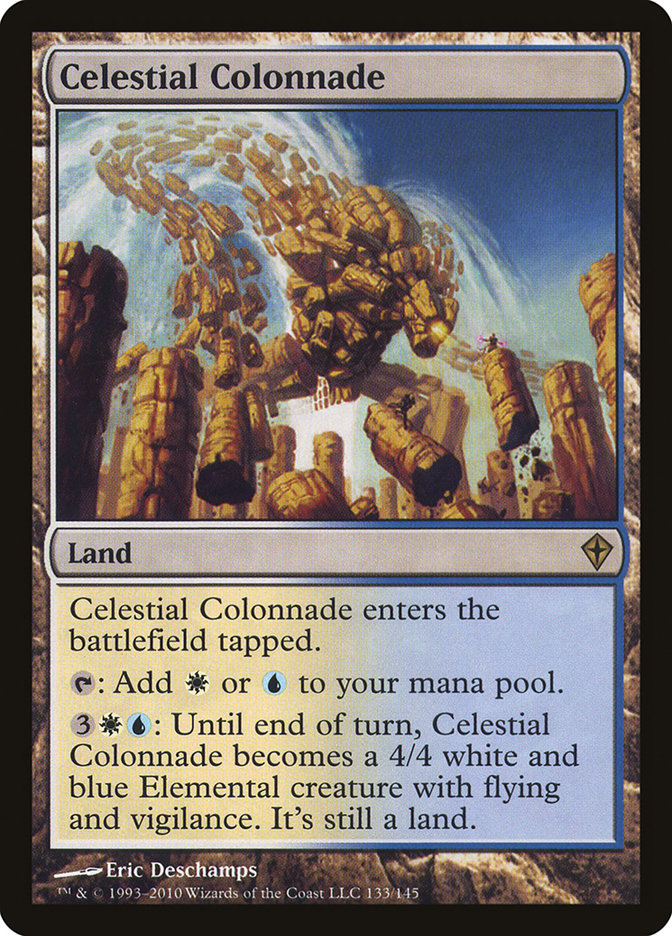I made this comment just over a month ago, and then abandoned it to figure out “more important things,” like how to mulligan into perfect Hazoret the Fervent hands on the play or how to open two Mavren Fein, Dusk Apostle in the same draft when Vampires is open.
Then Gerry Thompson posted this deck last Friday, and I remembered I had unfinished business to resolve.
Creatures (13)
Lands (20)
Spells (27)

A Modern Focus
I’m going to be talking about Chart a Course exclusively in Modern, despite it being a card that definitely has applications across all formats.
Aside from God-Pharaoh’s Gift shenanigans, Chart a Course is pretty bad in Standard so far. The basic rule of thumb for a card that says “draw two” in a format where your deck is about 40% land, like Limited or Standard, is that you are usually drawing a spell and a land. This has traditionally made cards like Tormenting Voice or Divination pretty good when you care about locking in that fifth and sixth land drop, but not great at burying your opponent.
This is kind of the reverse of the explore argument. When you are winning via “two-for-ones,” you need your pieces of cardboard to actually exchange for your opponent’s cards, so extra lands don’t matter a lot. Your “raided” Chart a Course is putting you up a fractional spell, which is definitely surmountable. What if you just “flood out” and draw one more land later to make up the difference?
Once you start cutting lands, things get much better. If you drop down to nineteen lands in your deck, you are hitting the double-spell draw about half the time. Then you start accounting for all sorts of fun stuff like some of those lands being Wasteland, fetch thinning that starts mattering more over repeated draw steps, cards in graveyard being delve fuel, and more.
But really, the big issue in Standard is that there is no reason to play two-for-ones that don’t produce a physical card on the battlefield when so many good ones exist that provide a permanent advantage. Why Chart a Course when you can Rogue Refiner? It is like a Chart a Course, but one of the cards you draw is always a 3/2 that makes two energy for a single green mana. Rogue Refiner puts you “up a spell” every time you draw a spell with it, or 60% of the time.
Basically, you need some reason to want to be spells-ing and filling your graveyard to play Chart a Course in Standard. If only Enigma Drake were Spellheart Chimera, we might be getting somewhere against Thopter tokens. Just disregard the whole “it would die to Lightning Strike” thing for now. You can Crash Through now, and I never got around to trying the Insult // Injury lists promoted by Daniela Díaz, aka h0lydiva, aka the U/R Spells queen (sorry, Emma Handy, I’m sure there’s a Duchess of Prowess title open). I feel like we are really close to something, but it’s going to be a set or two before things really fall into place.
As Gerry speculated, I bet Chart a Course is great in Legacy. There’s just one problem: I know basically nothing about the fair blue decks of Legacy. I know a lot about Dark Rituals, Show and Tells, and Mother of Runes. I used to know a bit about Sensei’s Divining Top and Terminus, but then the DCI’s fun police showed up and told me not to do that anymore. I’ll leave this task to more experienced Delver of Secrets pilots.
Chart a Course can’t be cast by Mishra’s Workshop, so I am currently uninterested in it for Vintage despite the number of times I’ve used my Night’s Whisper proxy in casual games.
Hence why this is just Chart a Course in Modern.
Good Pairings
What cards and strategies are we almost certain to see alongside Chart a Course?
There are way better options if you are trying to fill your graveyard with the discard, so the defining aspect of Chart a Course is going to be trying to draw two off it while also being fine sometimes casting it as Catalog.
I find it hard to imagine a Modern deck with Chart a Course that doesn’t feature one-mana removal.
As mentioned, drawing extra cards pushes towards trying to exchange those cards for your opponent’s cards. You could be some Merfolk-style “build up a giant mass of creatures” deck that needs more cards, but I can’t imagine those decks spending mana to draw cards instead of spending mana to cast creatures.
There’s no better way to trade cards than the one-mana removal. Okay, maybe Thoughtseize and Inquisition of Kozilek are better, but when you are piling up a bunch of extra cards on later turns, you don’t want them to be dead discard spells. These are just some classic Ancestral Vision lessons being reapplied. Some discard might sneak in there, or some Chart a Course might sneak in a discard deck, but they aren’t the best duo.
The other card that is almost certain to see play with Chart a Course is Snapcaster Mage. It is more incremental card advantage, works really well with the one-mana removal, is a body to attack with for Chart a Course, and also happens to really benefit from diversifying your Flashback options with a little card draw.
On the note of wanting to cast spells, it should be obvious that the good threats that make you want to cast spells are likely best buddies with Chart a Course. Young Pyromancer and the “literally restricted in Vintage” Monastery Mentor are both really powerful cards that haven’t quite found a spot in Modern. With less Lightning Bolt around to distinguish smaller creatures from fatter ones, now is possibly their time to shine.
I didn’t include the true prowess threats here, as I don’t think they want you to play a two-mana cantrip. Even if Chart a Course is better than every other option, it still costs two. These cards make you want to go downhill and throw cards at your opponent’s face. They want you to Vapor Snag. They want you to Opt and Sleight of Hand. They also really want you to cast your spells before attacking.
Compare this to Young Pyromancer, which doesn’t really care when you cast your spells. Monastery Mentor kinda cares, but I assume that if I’m worried about extra prowess damage with a Mentor and Monk tokens, my opponent is so dead I don’t care about a discarded card. Both cards also do more work on the two-for-one axis by leaving around tokens that can win the game or just continue to enable Chart a Course.
Finally: Actual Decks
Before we start, I’ll give approximately the same warning that Gerry did. These are basically untested, bar a test match or two to make sure the base concept is functional.
Let’s pick off the low-hanging fruit.
Creatures (15)
Lands (19)
Spells (26)

Chart a Course is a fine cantrip for Grixis Death’s Shadow to try. This list is based on Korey McDuffie’s SCG Regionals-winning list from a couple of weeks ago. The main swap is cutting the fourth Street Wraith, which is definitely negotiable, and the Opts for Chart a Course. There’s also a nineteenth land that snuck in there with the slight mana cost increase and the ability to filter away already-drawn cards with Chart a Course.
This is also trying a little bit of another Gerry’s suggested tech in Cryptic Command as a way to shove through clogged battlefields and just go a little bigger than past Death’s Shadow decks. In theory, if you are jumping up cards via Chart a Course, you can hit the mana counts needed to cast a four-drop spell. It is replacing a three-drop in Kolaghan’s Command, so the difference isn’t huge.
I also did some sideboard shuffling. In another statement I repeat basically biweekly: I hate Ceremonious Rejection. Terminate is almost always a better card versus Eldrazi Tron. Just wait until they draw Cavern of Souls. Korey’s one Surgical Extraction isn’t doing anything, so here’s an Izzet Staticaster to make up more ground against Affinity.
When I brought up the idea of Chart a Course in Grixis Death’s Shadow to people, the first push back was one I should have seen coming: why not Night’s Whisper or Painful Truths? Just like I’m trimming Street Wraith, I think there’s value to being able to not pay life when you don’t want to. Recovering a game from being behind early is great, but it ends up being much trickier if you end up with an extra few dead cards in your deck because you don’t have life to cast them and live. There might be some weird “getting black mana is easier than blue” going on here to push the other way, but I think Chart a Course is at least worth a solid try here.
And now, time to get one step weirder.
Creatures (12)
Lands (18)
Spells (30)

If this doesn’t make it obvious, I really don’t think Street Wraith is a required part of Death’s Shadow. Monastery Mentor makes me really want all my cantrips to be spells.
Instead, I want my life to go towards Phyrexian mana spells to turbo-Mentor-kill people. Mutagenic Growth protects my Monastery Mentors from Lightning Bolts, and Gut Shot shores up the times “Path your Birds of Paradise” would be a failure mode for our Esper deck. I wouldn’t be shocked if Mutagenic Growth is worse than just having more Gut Shots after some testing, given that one damage kills Champion of the Parish and Vizier of Remedies, but the other weird card is still worth mentioning.
Adding more low-impact spells to my deck makes me want Zombie Fish over Human Shamans. Once I’m activating Tasigur, the Golden Fang, I assume Street Wraith is pretty close to actually being a castable spell, whereas if those cards are Gut Shots, they are probably much less exciting. Gurmag Angler just gets them dead instead.
Oddly, I think Esper suffers a lot out of the sideboard relative to Grixis despite getting two of the highest-impact single cards possible in white’s Lingering Souls for mirror matches and Stony Silence. The flexibility of cards like Kolaghan’s Command and Izzet Staticaster is just super-nice compared to Flaying Tendrils, which can end up kind of blah. I don’t know how to describe why it is that way, but it just is. That said, I am super-pumped to run the Engineered Explosives for zero as a Monk token play against someone.
The final “pick two different one-mana removal spells” deck is Jeskai. The good news is this one is easy. I really don’t like Geist of Saint Traft, as it is a bit slow to kill people and exposes you a bit too much, but Monastery Mentor might just be enough better to solve those issues.
Creatures (11)
Lands (22)
Spells (27)

Okay, maybe it isn’t quite as easy as I said. I think Spell Queller is great, but I’m struggling to put it in my deck with a two-mana sorcery that also makes me want to cut lands and lower my curve. Even though it is a great card and a creature for Chart a Course, the anti-synergy with casting your spells makes me skeptical of it.
The other big loss is most of your Celestial Colonnade. I think I would feel a bit worse about this if I were able to slot in more sweepers, but the need to hit untapped lands every early turn to cast Opt and a spell makes creature-lands a liability.
This isn’t really that far of a departure from the normal Jeskai lists. The one downside is that you are making Fatal Push a better card against you, but with the metagame shifting away from Death’s Shadow, that is becoming less and less of a concern.
I think the one important thread tying all of these decks together is that they aren’t that far out. Chart a Course is just a good normal Magic card. It isn’t obviously game-changing in the way that Fatal Push is. I expect both it and Opt to be underplayed for a long time, but just like their counterparts Preordain and Ponder in Legacy, I also expect us to look back and wonder why we weren’t playing more of them from the very first day we could.


